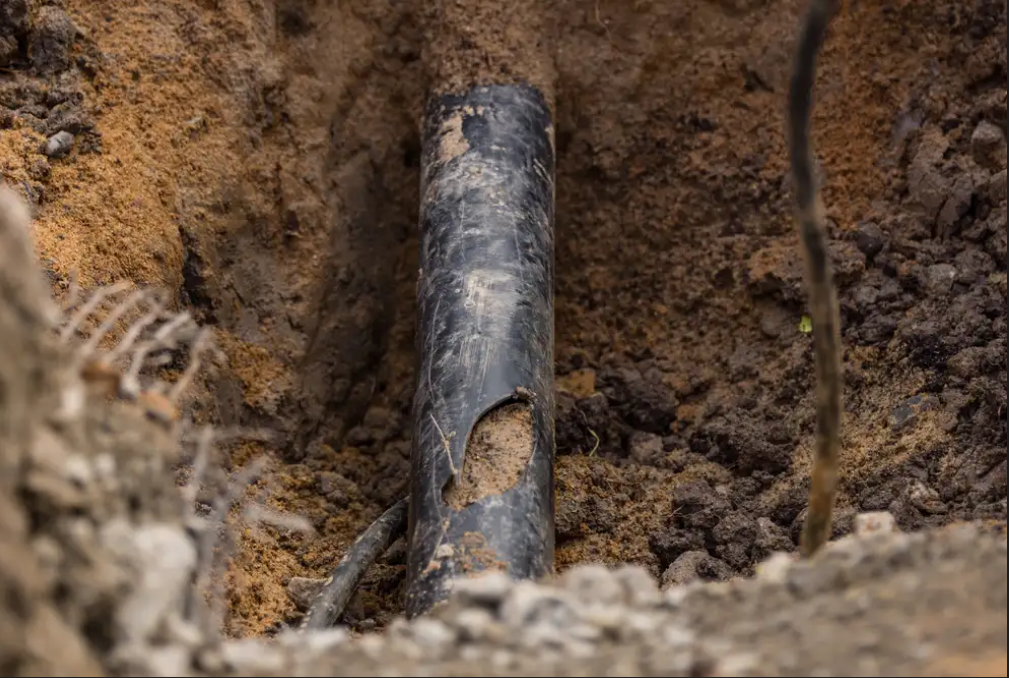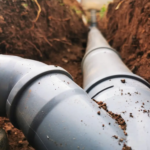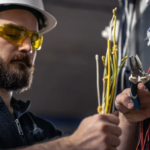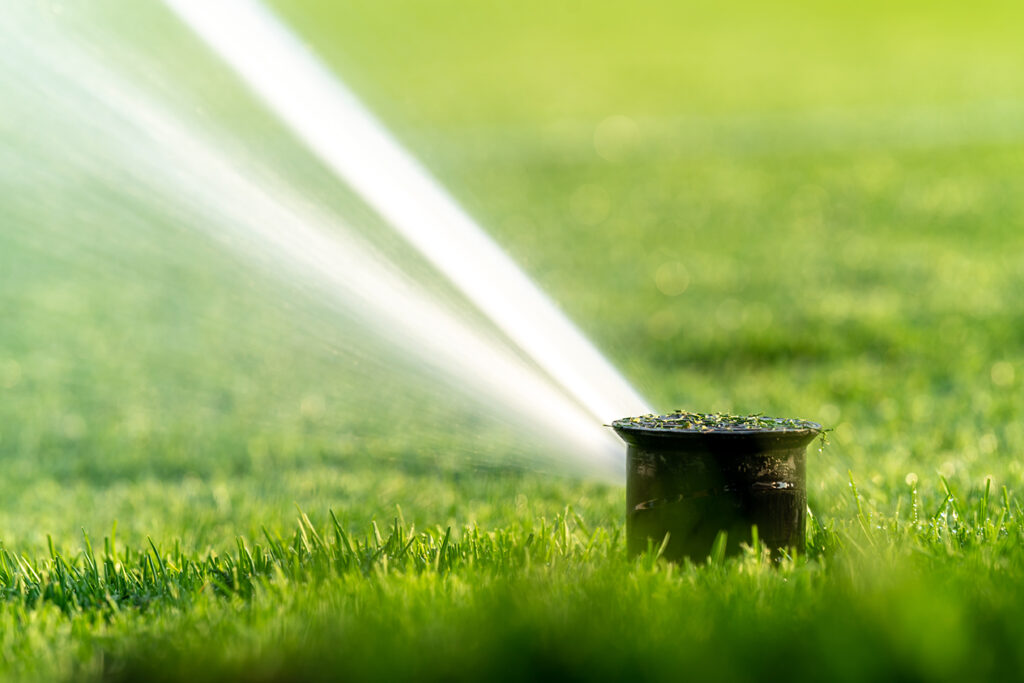It’s tempting to use quick fixes whenever a leak, a crack, or even a small hole in a pipe makes itself apparent. However, when it comes to water lines, even a minor problem can spiral out of control without proper water line repair in Lincoln, CA. Spot repairs offer a targeted way to fix localized damage without the disruption of replacing entire sections of pipe. Here, we highlight the best methods for conducting spot repairs on pipes.
Why Spot Repairs Matter
Spot repairs prevent small issues from snowballing into big ones. These repairs are sufficient at addressing damage on specific parts of the pipe, while the rest is left intact.
- Cost-Effective: You can forgo a water line replacement and extensive plumbing repairs as the problem is addressed at the source.
- Less Mess: Most spot repairs can be done with minimal disruption to walls, floors, or your property’s layout.
- Quick Fixes, Long-Term Gains: A well-done spot repair can add years to your pipes, especially when the rest of the system is in decent shape.
Spot repairs work best for minor, localized issues in otherwise sound plumbing. They’re ideal if your pipes are generally in good shape but have developed a single problem area.
The Best Spot Repair Methods Explained
There are several ways to handle a spot repair, and each comes with its own approach, benefits, and considerations. Here’s a look at the most popular methods and when they work best.
1. Epoxy Coating
For tiny leaks and hairline cracks, epoxy coating provides a quick and clean solution. It offers a straightforward, non-disruptive fix, but it may not hold on rust-covered surfaces. It involves lining the inside of the pipe with a strong epoxy layer that seals any small imperfections.
- How It Works: A liquid epoxy is applied to the inside of the pipe. Once it dries, the epoxy hardens, creating a watertight seal.
- Best For: Small leaks or minor cracks in areas with limited access, such as pipes hidden in walls.
- Pros: Minimally invasive; can usually be completed without dismantling much of your home.
- Cons: Not suitable for pipes or a damaged water line with major structural issues or heavy corrosion.
2. Pipe Patching
Pipe patching uses a flexible, resin-soaked patch that is positioned within the pipe at the site of the damage. Pipe patching is a quick and tidy repair option for old pipes and even on a new water line installation. However, it’s only effective for isolated damage.
- How It Works: Technicians insert the patch inside the pipe, inflating it until it adheres to the pipe wall. Once hardened, it creates a solid, water-resistant cover.
- Best For: Pipes with moderate cracks or small holes.
- Pros: Quick and minimally invasive, pipe patching works without major wall or floor removal.
- Cons: Only works for localized problems—severe wear or leaks along a larger stretch require other solutions.
3. Cured-in-Place Pipe (CIPP) Spot Repair
CIPP spot repair provides a comprehensive solution. It shares similarities to patching, but it involves a resin-coated liner that’s placed inside the damaged area and then cured to create a new “pipe within a pipe.”
- How It Works: A resin-saturated liner is inserted into the pipe and then positioned over the damaged section. It’s cured with heat or UV light, forming a seamless inner layer.
- Best For: Cracks, leaks, or minor structural damage along short sections of pipe.
- Pros: Provides a durable, long-lasting fix, extending the pipe’s lifespan by forming a solid interior layer.
- Cons: Not ideal for pipes with complete corrosion or severe structural issues, as it requires a stable surface.
When Spot Repairs Aren’t Enough
Sometimes, the problem goes beyond what a spot repair can handle. Here’s when you might need to consider a more extensive fix:
- Widespread Corrosion: When corrosion is present along most of the pipe, a patch or liner won’t hold up. Full pipe replacement may be your only option.
- Frequent Leaks: Repeated issues in different areas often mean the whole pipe needs an upgrade.
- Collapsed Sections: A collapsed pipe segment is too compromised for any spot repair method, requiring complete replacement.
Knowing the limits of each method is key to getting a lasting spot repair. When done right, it can provide lasting protection for your plumbing. Regardless of what plumbing issue you’re facing, a carefully chosen spot repair method can make a real difference in keeping your pipes in top shape.






